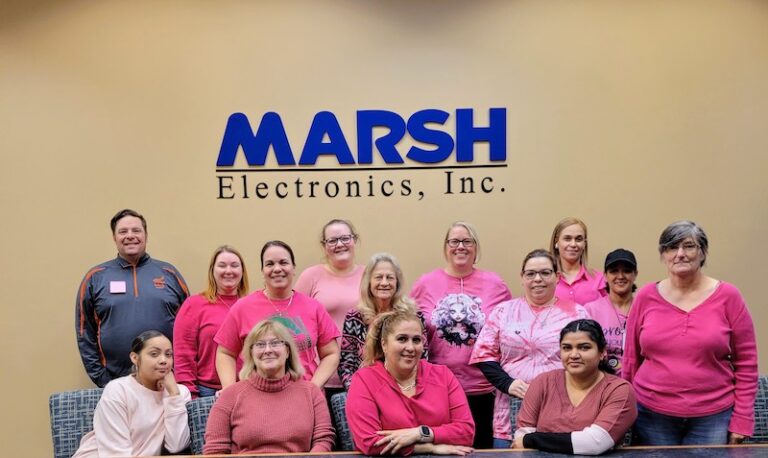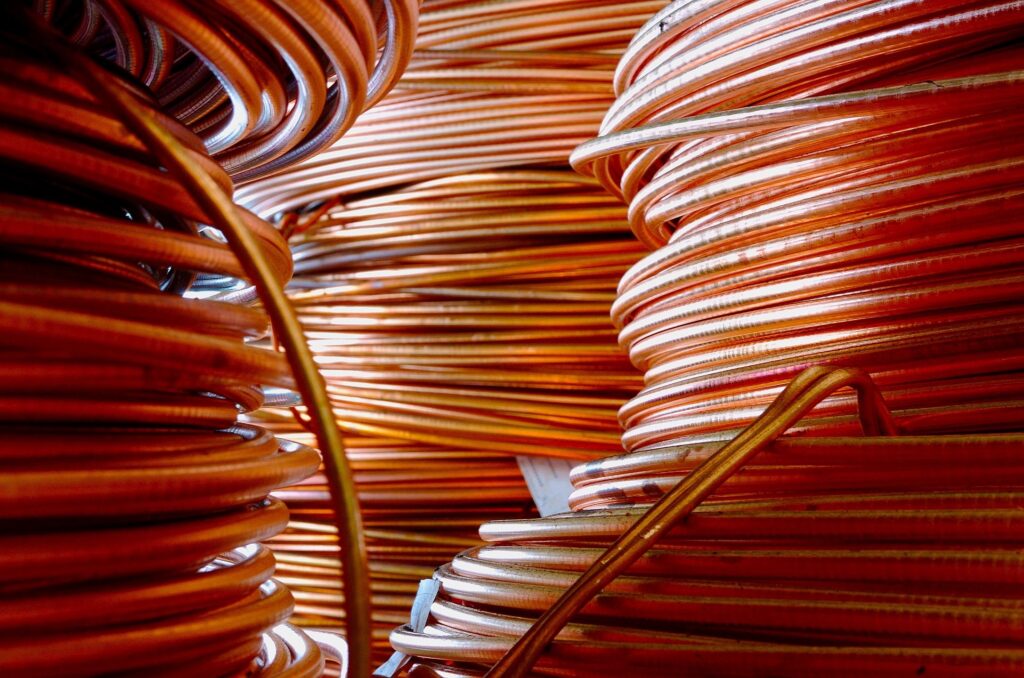Today, demand for a resilient wire and cable infrastructure is more important than ever. With more people working from home and emerging technologies, our communications and energy grid must constantly expand to meet the needs of tomorrow.
Historically, energy and communication providers such as power and telecommunication companies have relied upon suppliers to meet customer demand with durable and easy to install wire and cable solutions for a wide range of outdoor environments. However, that’s no longer enough. As this need causes demand for energy to reach new levels, it inevitably strains the current infrastructure. Now, those same companies have a new demand – sustainable materials with improved performance.
Lowering the Carbon Footprint of Cables
Many advanced economies have set targets to be carbon neutral by 2050. Currently, the production and use of energy across all sectors accounts for a large portion of greenhouse gas emissions. Initiatives to build and drastically increase the portion of renewables in the energy mix, combined with the need to upgrade infrastructure and rapid urbanization, are spurring demand for reliable high voltage cable systems.
According to the U.S. Energy Information Administration, renewable energy sources are projected to provide 44% of the United States’ electricity by 2050, compared to approximately 21% today. As the energy sector undergoes the transition to renewable energy and upgrades the electrical grid, alongside the pressing need to decarbonize, the demand for reliable high voltage cables with efficient insulation and added sustainability benefits intensifies.
Therefore, it is more important than ever for the industry to focus on sustainability along every phase of a cable’s lifetime including from the creation of the materials being used.
For example, Dow’s novel cross-linked polyethylene (XLPE) solution creates efficiencies while helping lower emissions from cable production. The company’s latest offering in North America, ENDURANCE™ HFDD-4201 Compound for Cable Systems, transforms the cable manufacturing process by significantly reducing cable degassing times, resulting in lower CO₂ emissions during the manufacturing phase, while keeping the same high quality.
There’s No Replacement for Durability and High-Performance
In terms of sustainability, the cable and connectivity industry has both a tremendous opportunity and an analogous challenge. Equally paramount to sustainable solutions are the essential fundamentals for durable and high-performing equipment— starting with the materials used.
One consideration when assessing the durability and reliability of materials is ensuring they not only meet industry standards but exceed them. When used with quality manufacturing processes, Dow’s ENDURANCE™ Compounds for Cable Systems, among other offerings, can help deliver power transmission cables that meet or exceed global reliability and durability standards. Identifying solutions for cable insulation that are efficient and sustainable has been at the heart of creating products such as ENDURANCE™ Compounds for Cable Systems.
This cable reliability is the direct result of combining high-quality materials, innovative thought leadership and efficient manufacturing on a consistent basis to deliver results.
Sustainability, Resiliency and Durability Will Need Collaboration
To support the demand for connectivity, close collaboration is critical across the value chain from material providers to end-users. This collaboration fosters sustainable solutions that enable information to move faster, in denser configurations, with greater protection and safety, using less energy. As the industry progresses, active involvement with trade associations allows companies to stay on top of emerging trends and customer needs. Collaboration between strategic partners also allows the industry to generate far-reaching innovations, like utilizing post-consumer or post-industrial recycled content or creating an advanced recycling program for wire and cables.
By keeping an open mind to partnerships and collaboration, organizations can be better equipped to not only meet their sustainability goals, but also drive meaningful change.
As it becomes necessary for the current energy and communications infrastructure to evolve, power and telecommunications industries have an opportunity to make an impact through long-lasting and sustainable solutions — both in the short and long term. Building the infrastructure of tomorrow is in the hands of many. No one company can do it alone, and it will require widespread collaboration to innovate together and share learnings.
Authors:
































































